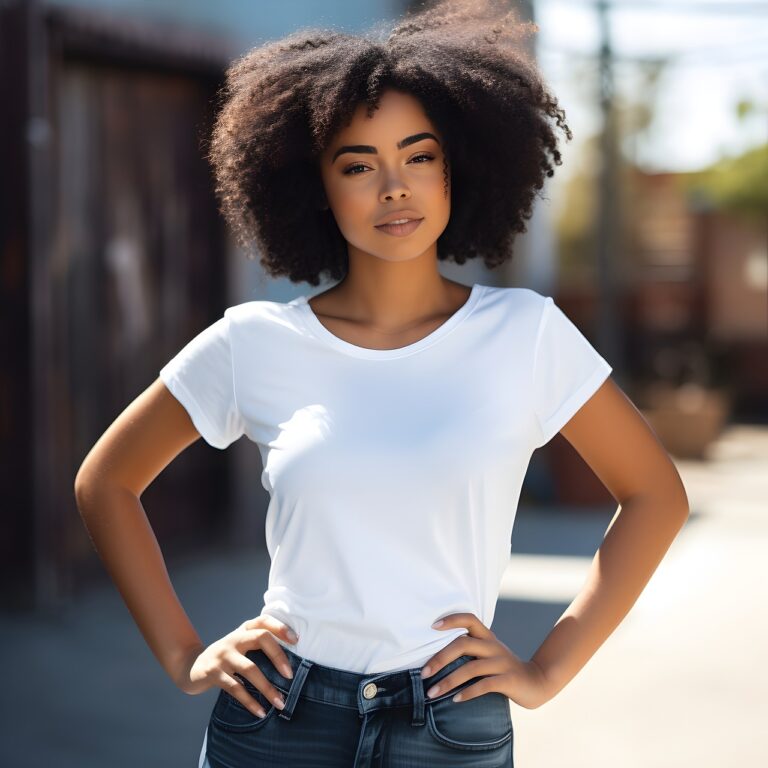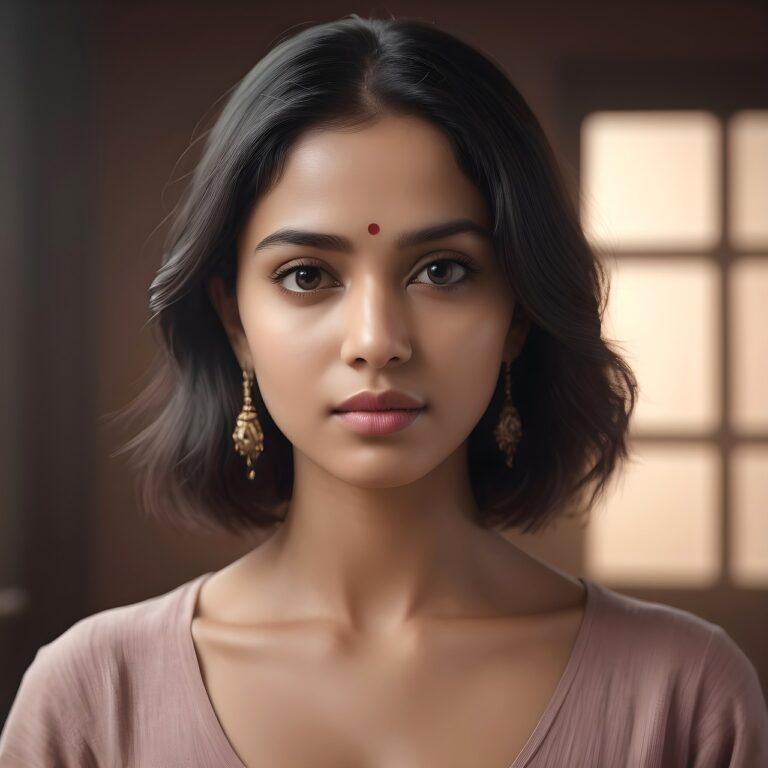Beauty Beyond Size: Celebrating Plus-Size Fashion Models and Brands
The fashion industry has long been criticized for its lack of size diversity, with a narrow focus on a specific body type that does not reflect the reality of the population. In recent years, there has been a gradual shift towards more inclusive representation of different body sizes in fashion campaigns and runway shows. This change has been driven by a growing demand from consumers for clothing that caters to all body shapes and sizes.
As more brands and designers embrace size diversity, there has been a noticeable impact on the way fashion is perceived and consumed. Plus-size models are now being featured in prominent fashion magazines and advertisements, challenging traditional beauty standards and promoting a more realistic and inclusive image of beauty. This shift towards greater size diversity in the fashion industry is not only empowering for individuals of all shapes and sizes, but also sends a powerful message about the importance of embracing diversity and inclusivity in all aspects of society.
Representation of Plus-Size Models in Media
The representation of plus-size models in the media has been a topic of discussion in recent years. With the push for more inclusivity and diversity in the fashion industry, there has been a noticeable increase in the visibility of models of various sizes on runways, magazine covers, and advertising campaigns. This shift is a positive step towards promoting body positivity and acceptance of all body types.
However, despite some progress, there is still a long way to go in terms of true representation of plus-size models in mainstream media. Oftentimes, these models are tokenized or relegated to specific “plus-size” campaigns rather than being integrated into the broader spectrum of fashion advertising. It is crucial for the industry to continue challenging beauty standards and stereotypes, and to showcase a wide range of body sizes and shapes to truly reflect the diversity of the population.
• Despite some progress, there is still a long way to go in terms of true representation of plus-size models in mainstream media.
• Plus-size models are often tokenized or relegated to specific “plus-size” campaigns rather than being integrated into the broader spectrum of fashion advertising.
• The industry needs to continue challenging beauty standards and stereotypes to showcase a wide range of body sizes and shapes.
Empowering Body Positivity through Fashion
The fashion industry has made strides in recent years towards promoting body positivity and inclusivity. More brands are now embracing size diversity by featuring plus-size models in their campaigns and runway shows. This shift towards representing a wider range of body shapes and sizes has been empowering for individuals who have long felt marginalized or excluded from mainstream fashion.
By showcasing a variety of body types in fashion, designers and brands are sending a powerful message that beauty comes in all shapes and sizes. This shift in representation not only boosts the self-esteem of those who see themselves reflected in these images but also challenges traditional beauty standards and promotes acceptance of diverse bodies. Fashion has the ability to shape societal norms and influence how individuals perceive themselves, making it a powerful tool for promoting body positivity and empowerment.
Why is size diversity important in the fashion industry?
Size diversity is important in the fashion industry because it allows people of all shapes and sizes to feel represented and included in the world of fashion.
How can the representation of plus-size models in media help promote body positivity?
The representation of plus-size models in media helps promote body positivity by showing that beauty comes in all shapes and sizes, and that it’s important to embrace and celebrate diversity.
How can fashion empower body positivity?
Fashion can empower body positivity by offering a wide range of sizes and styles that cater to all body types, and by promoting messages of self-love and acceptance through diverse and inclusive marketing campaigns.







